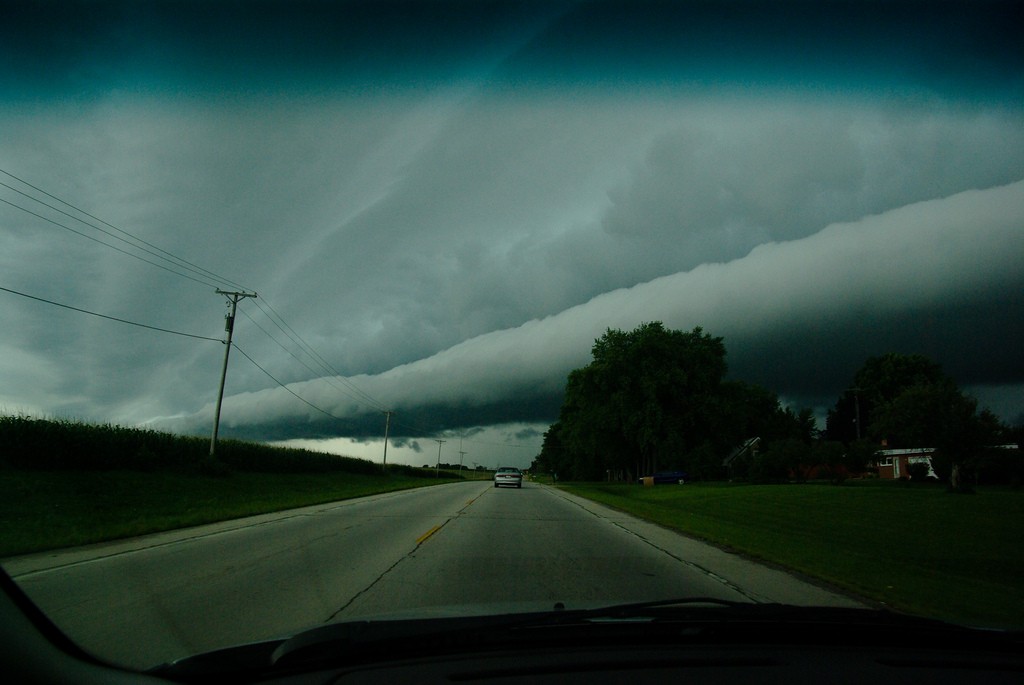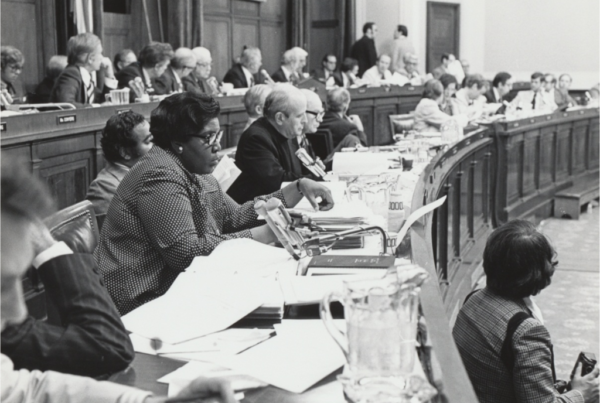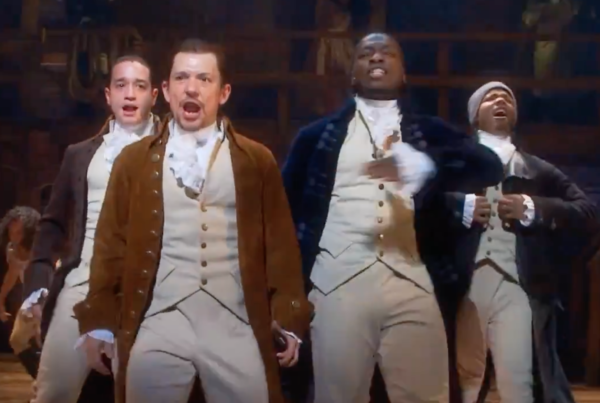A Texas woman is suing the Weather Channel after her son was killed in a collision with a pair of storm chasers contracted by the channel.
The woman, Karen Di Piazza, is the mother of Corbin Lee Jaeger, also a storm chaser, who was killed in the collision. In the lawsuit reported by the Washington Post, Di Piazza said the Weather Channel ignored complaints about the two storm chasers Kelley Williamson and Randy Yarnall, and said they were driving recklessly in order to get footage for the channel.
Additionally, Di Piazza claims in the lawsuit that Williamson and Yarnall were “breaking laws, driving on private property, driving off road [sic], in ditches, through hail storms, driving the wrong way on freeway ramps, on the wrong side of the roadway … all to increase the sense of danger to their television audience and sell advertising and have a hit show.”
Meagan Flynn, who reported the story for the Post, says Williamson and Yarnall didn’t have formal meteorology training, unlike Jaeger who was a certified storm spotter for the National Weather Service.
“They were stars of a Weather Channel show, actually, called the “Storm Wranglers,” Flynn says. “They were kind of just two down-to-earth guys who had built up a following in Missouri where they were from, doing it on their own just as a hobby until they caught the eye of the Weather Channel.”
Williamson and Yarnall were livestreaming at the time of the collision, Flynn says.
“You can see that the video just buffers and freezes pretty much right at the moment you see them approaching the intersection,” Flynn says. “Right before they get there, it just completely cuts out.”
She says there’s evidence in the lawsuit of text messages between a “Storm Wrangler” producer and another storm chaser, both expressing their concern about Williamson and Yarnall’s driving.
“The storm chasers that were talking to the producers were voicing concerns that [Williamson and Yarnall] were perhaps crossing the line a little bit,” Flynn says.
Storm chasing is an adrenaline rush for those who do it; Flynn says it often starts as a “fascination” with “big, magnificent storms.” But chasers also say it serves a useful purpose.
“They sort of view their job as saving lives, or keeping people out of harm’s way,” Flynn says. “They’ll put themselves out there to go chase it down, locate exactly where it is, the path it’s going … so that people can stay safe at home.”
Written by Caroline Covington.















